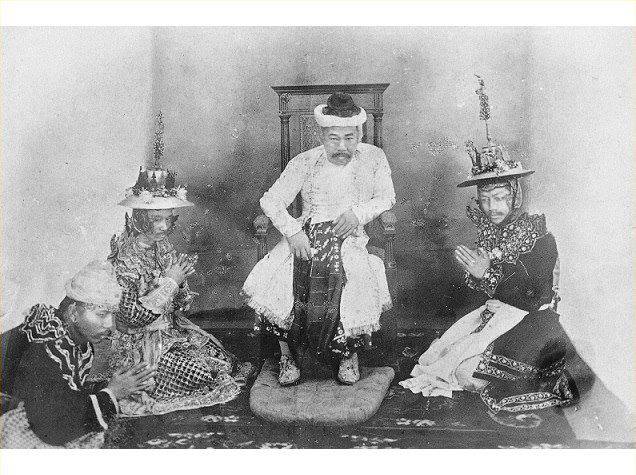Late Konbaung Myanmar and the English Wars (1824-1885AD)
Myanmar's last dynasty was also its most expansive, reaching into today's Northeast India as well as across what is now Laos and Thailand. Over the late 18th and 19th centuries, its royal court created much of the art and architecture that are considered "traditional" today. In the east, the saopha chieftains of Shan State ruled an array of principalities with growing ties to the Irrawaddy valley as well as to China's Yunnan province.
Over the middle decades of the 19th century, however, a series of disastrous wars against the British India Empire led to the kingdom's collapse. A desperate attempt to reform and modernise in the face of imperial aggression failed and the country was eventually colonized by the British.
This section draws together last traditions from the Konbaung period as well as stories and individuals from its little-remembered reformist era and Burma's transition to colonial rule.
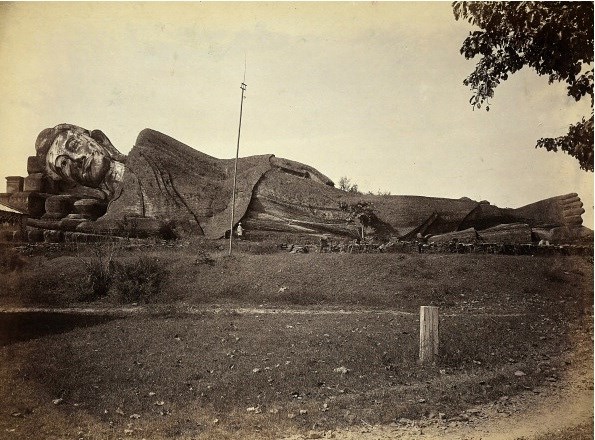
The Shwethalyaung Buddha at Pegu in 1881
Read more
Late 19th Century Myanmar men’s dress
Read more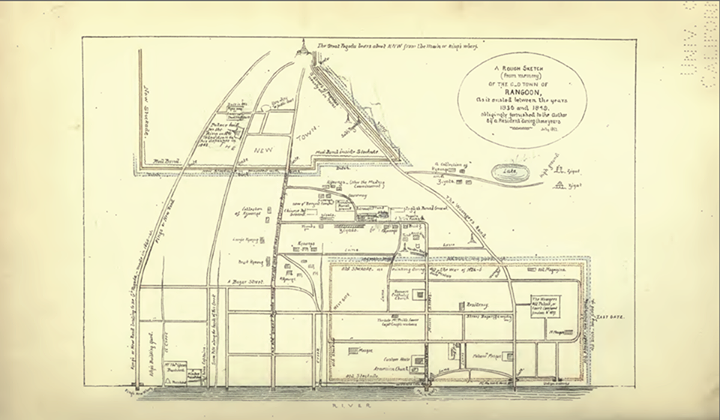
Rangoon under King Tharawaddy
Read more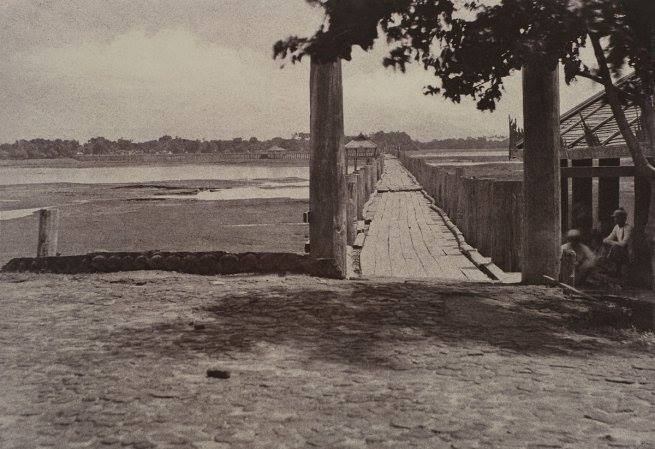
U Bein bridge October 1855
Read more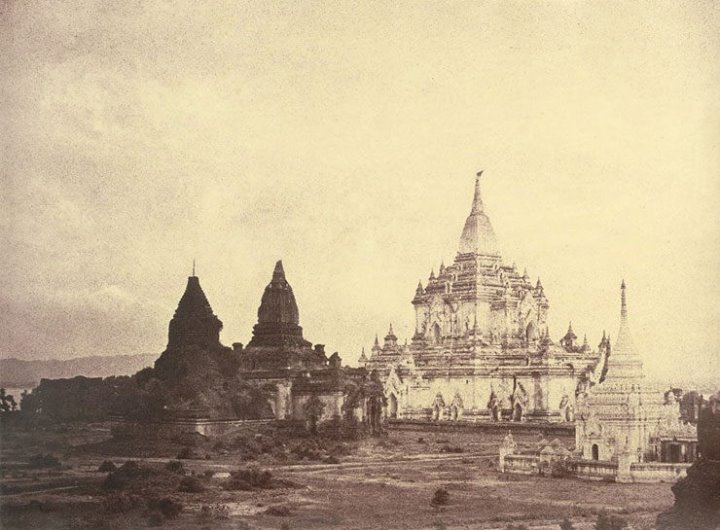
Bagan in 1855
Read more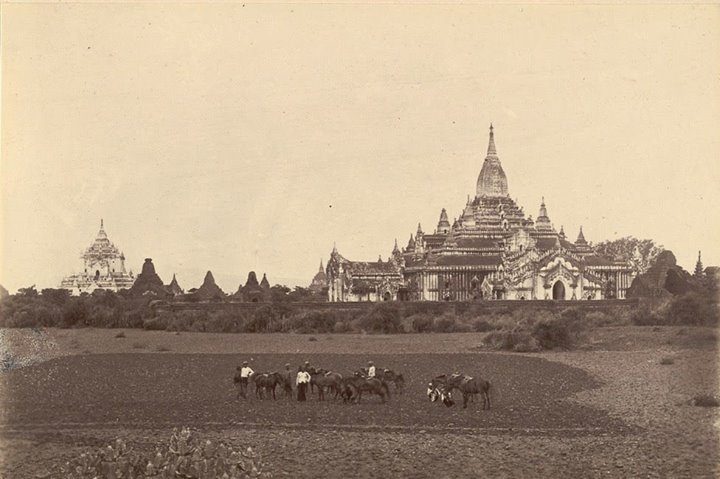
The Ananda temple c. 1855
Read more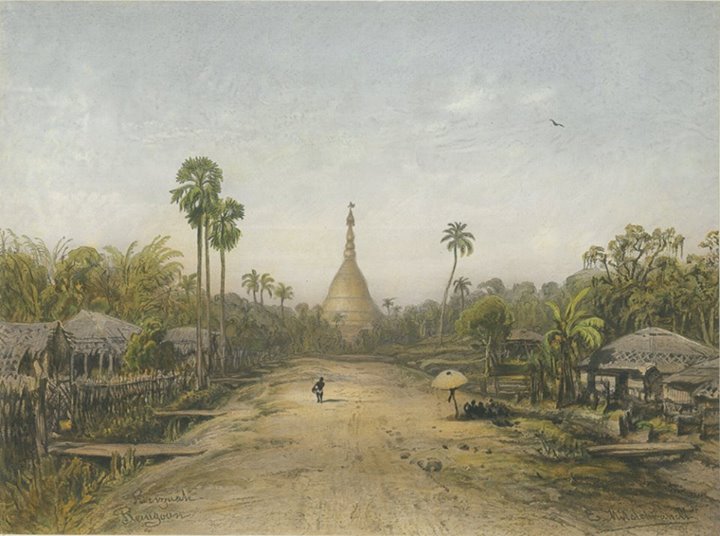
Pagoda Road, 1863
Read more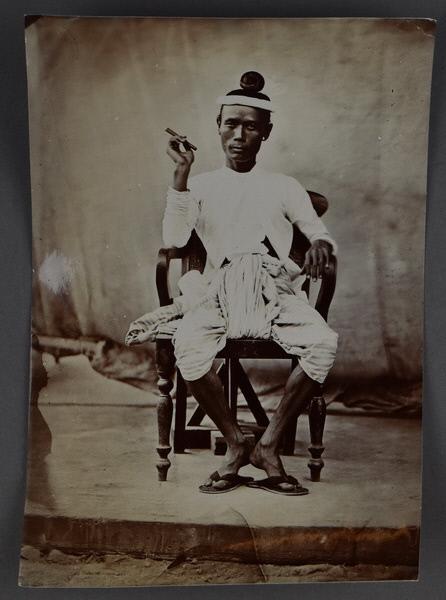
An unidentified gentleman c. 1865
Read more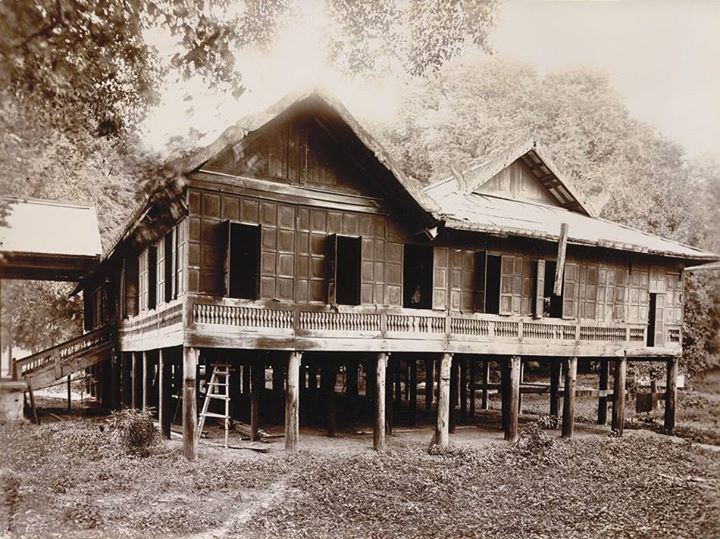
King Thibaw’s School
Read more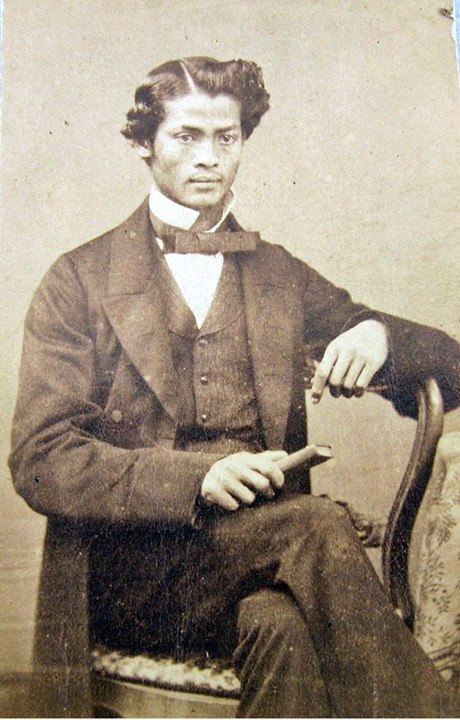
Portrait of an unidentified Burmese gentleman c. 1870, Cornwall, UK
Read more
Mandalay during the reign of King Mindon c. 1875
Read more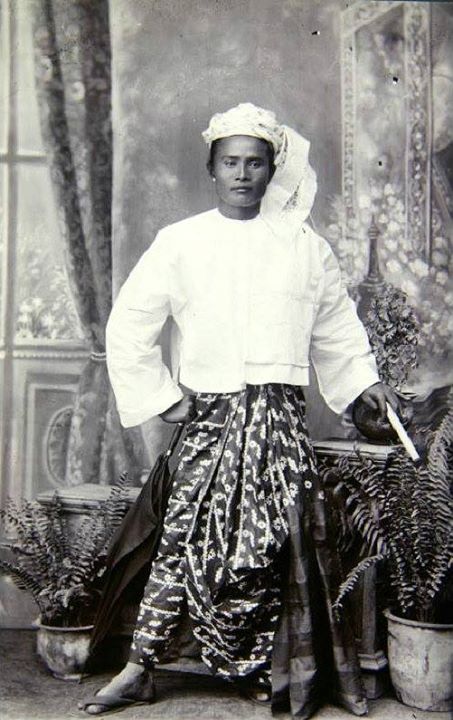
Portrait of an unidentified Burmese man c. 1875
Read more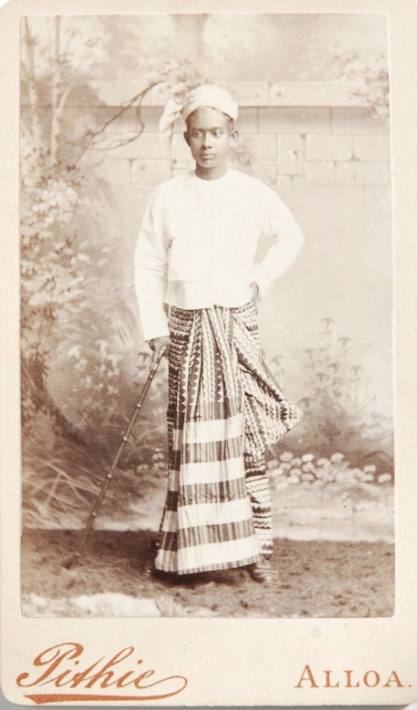
A Burmese traveller in Scotland c. 1875
Read more
Portrait of an unknown Burmese boy c. 1875
Read more
Jacket of King Thibaw
Read more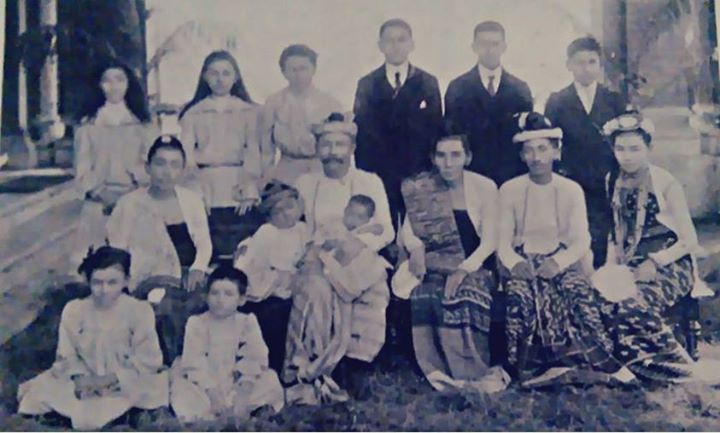
The Prince of Limbin and family, at Limbin House in Allahabad c. 1910
Read more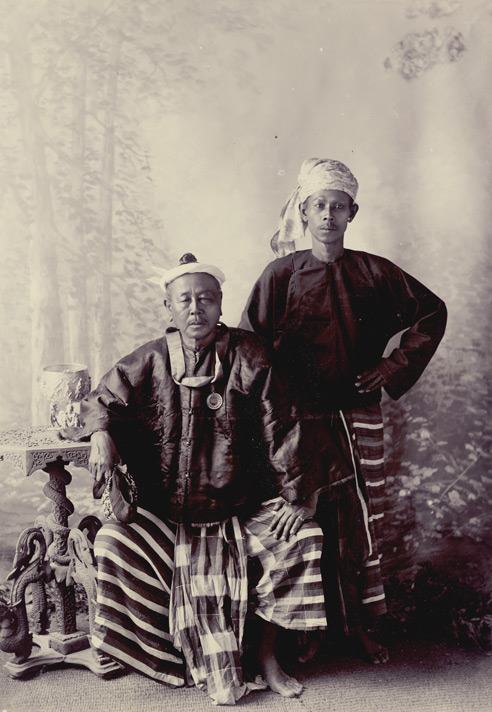
An unidentified minister of King Thibaw
Read more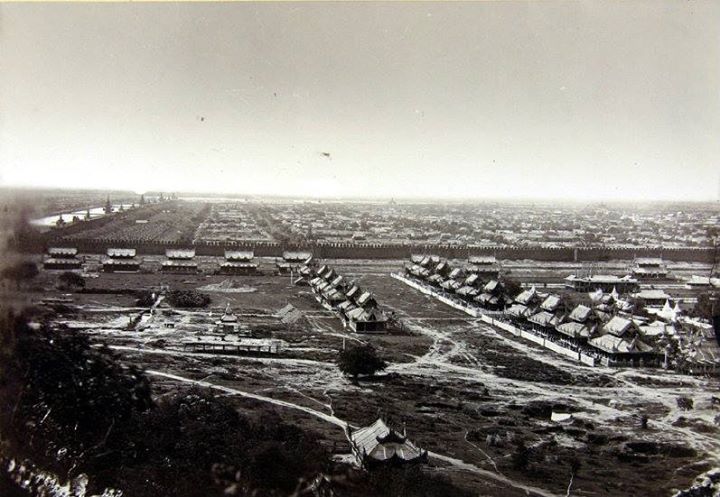
Mandalay c. 1882
Read more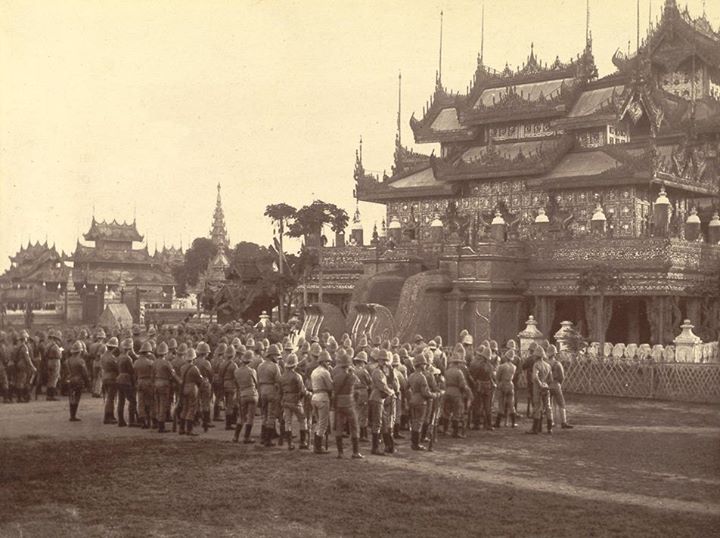
Mandalay palace in 1885
Read more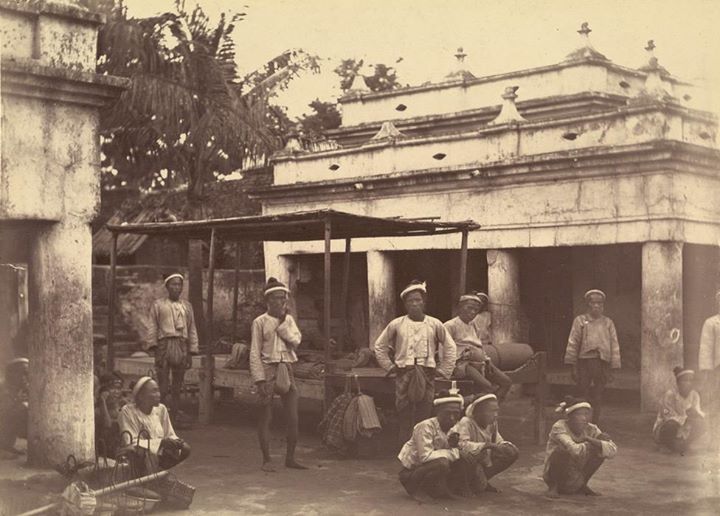
The Burmese king’s bodyguard
Read more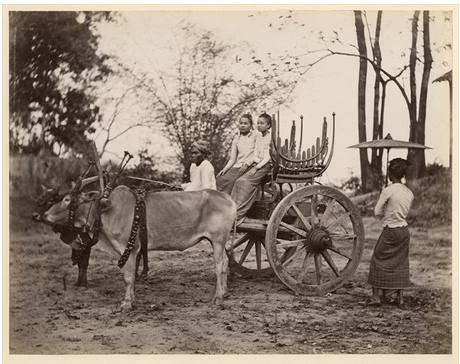
Mandalay 1885
Read more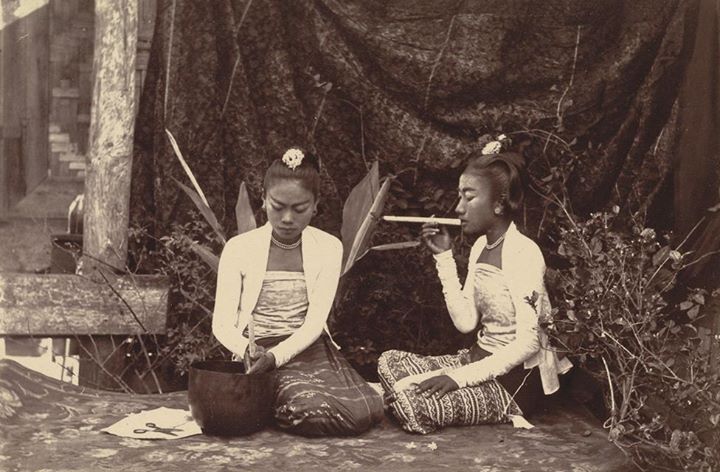
Young women selling cheroots, Mandalay December 1885
Read more
First close-up photo of Shwedagon Pagoda
Read more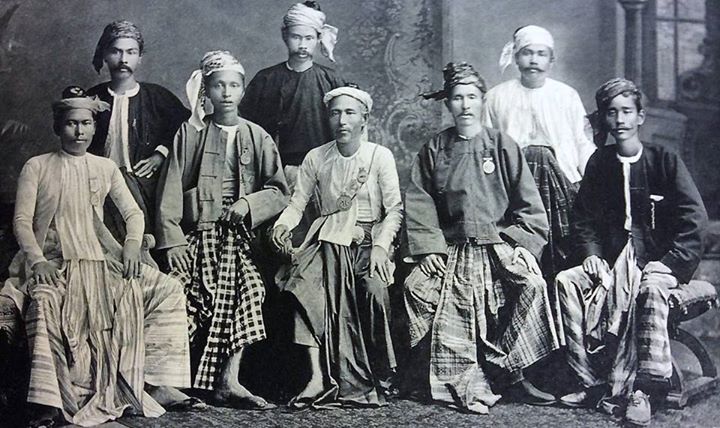
Burmese silversmiths c. 1885
Read more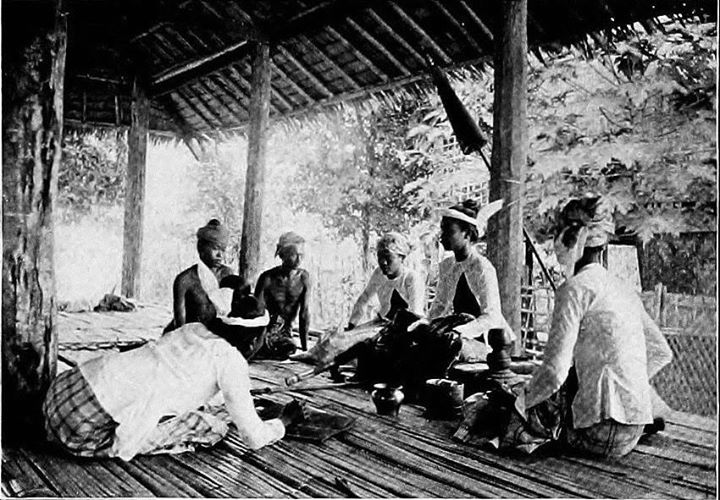
Traditional justice
Read more